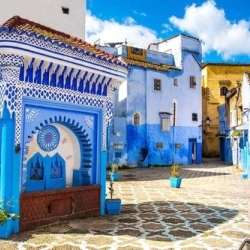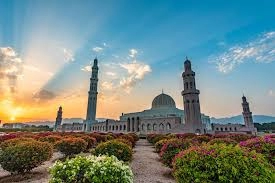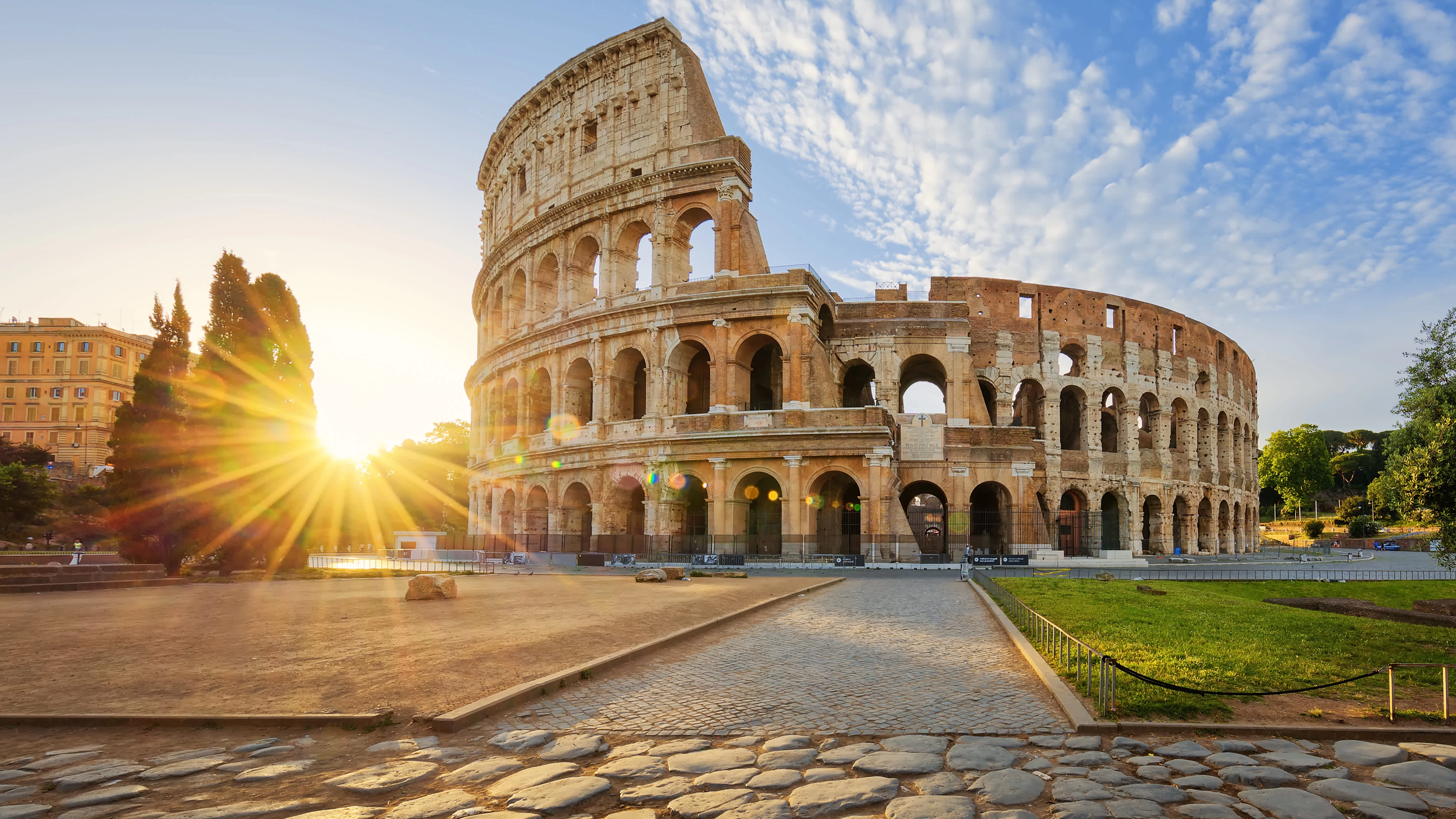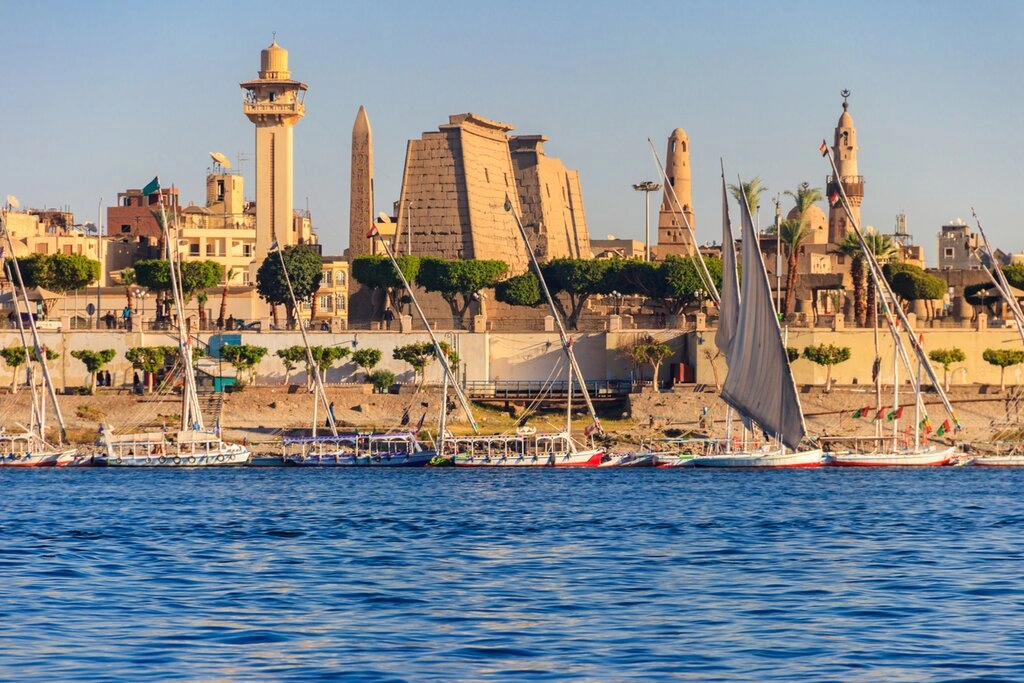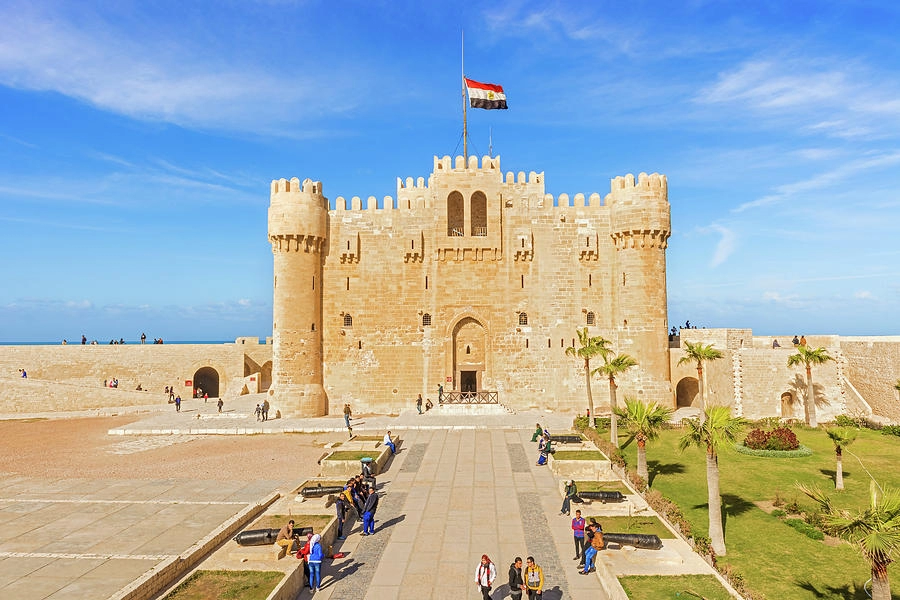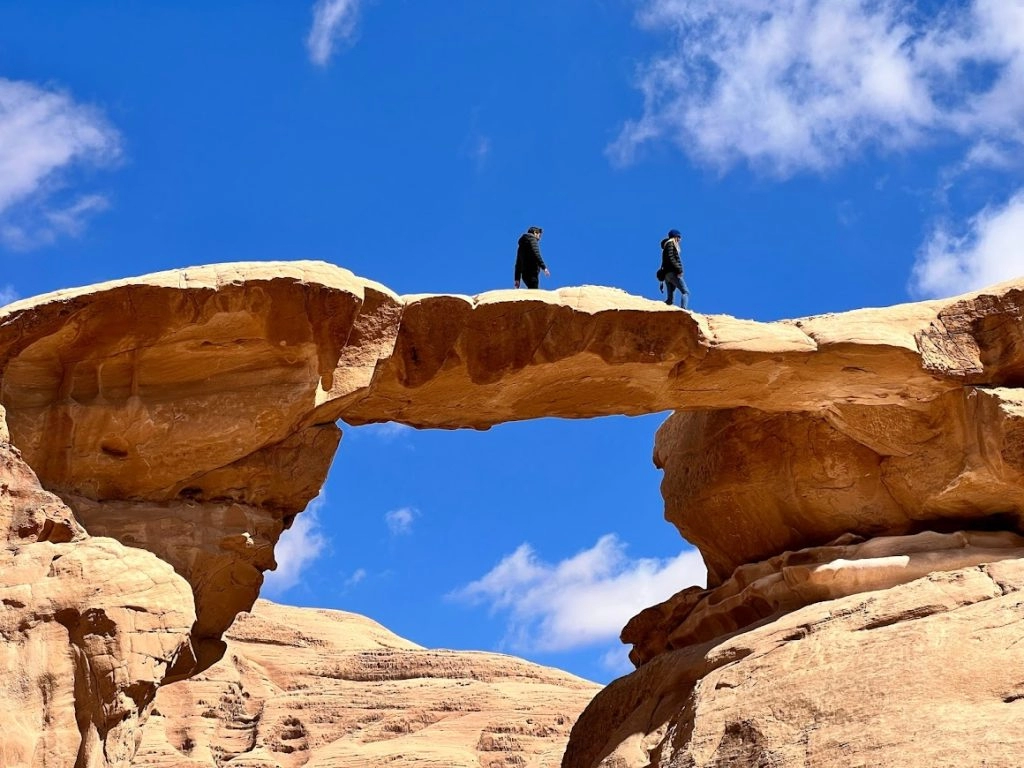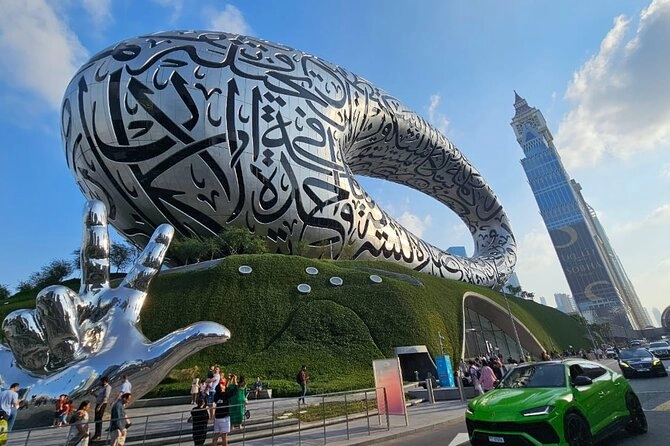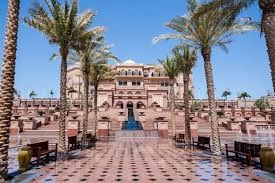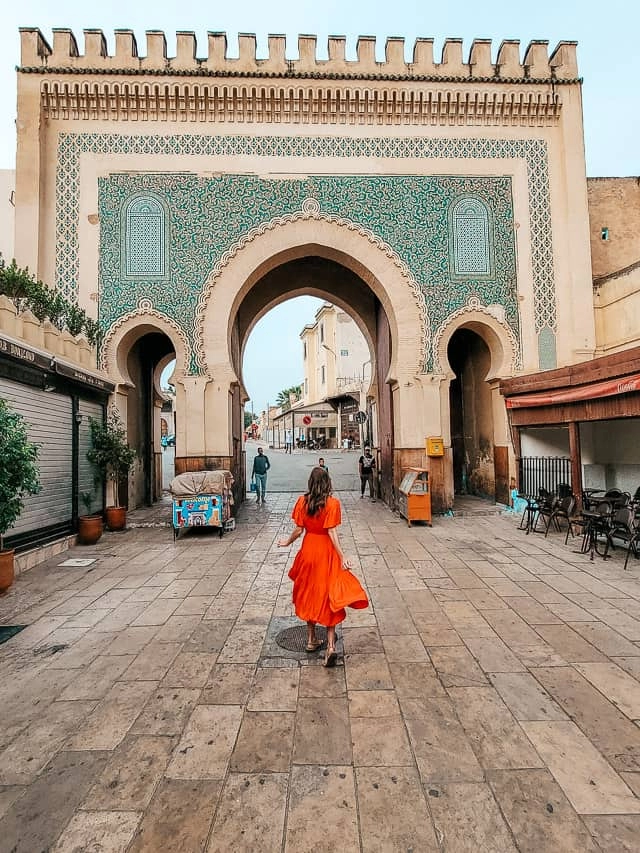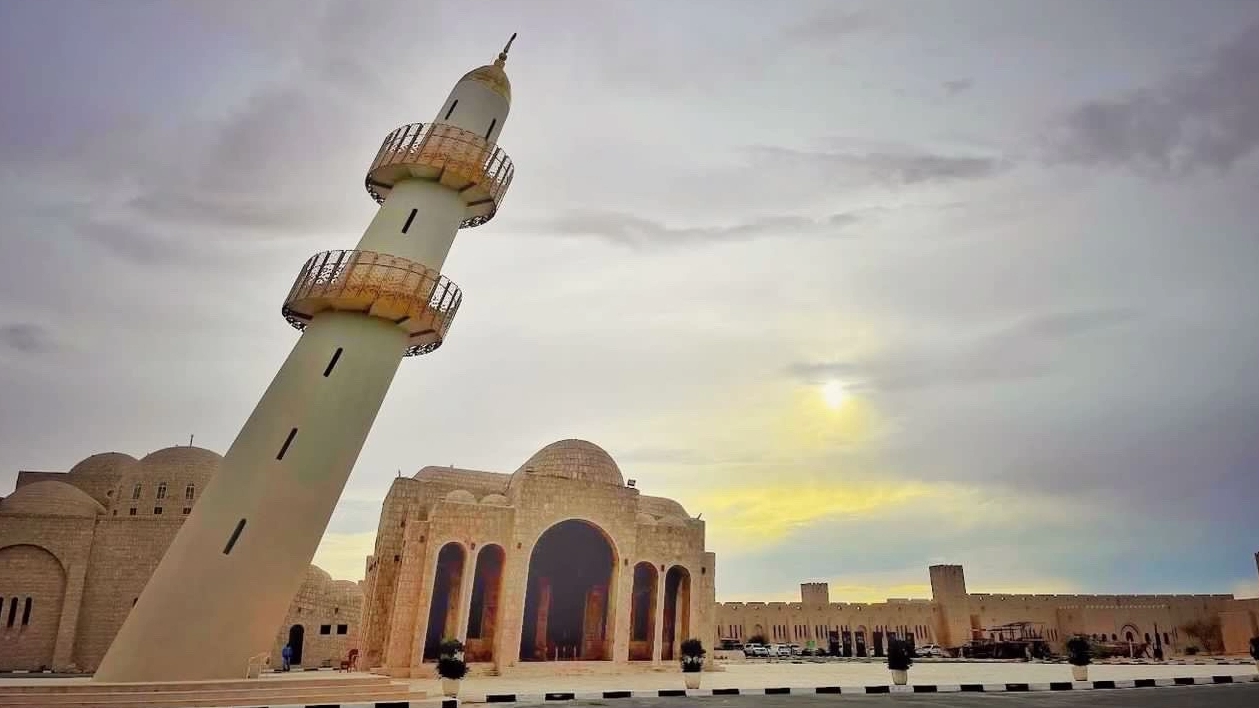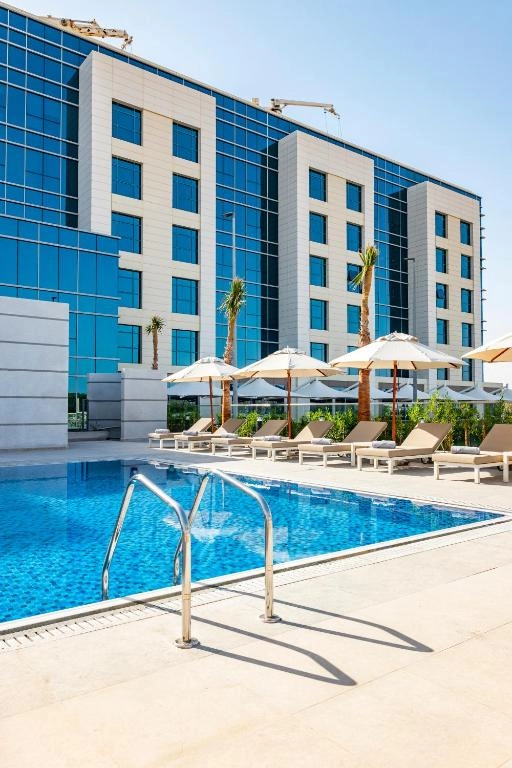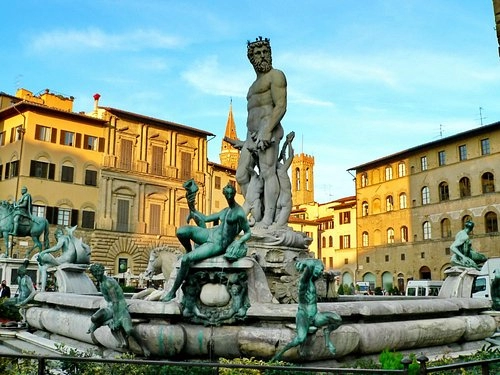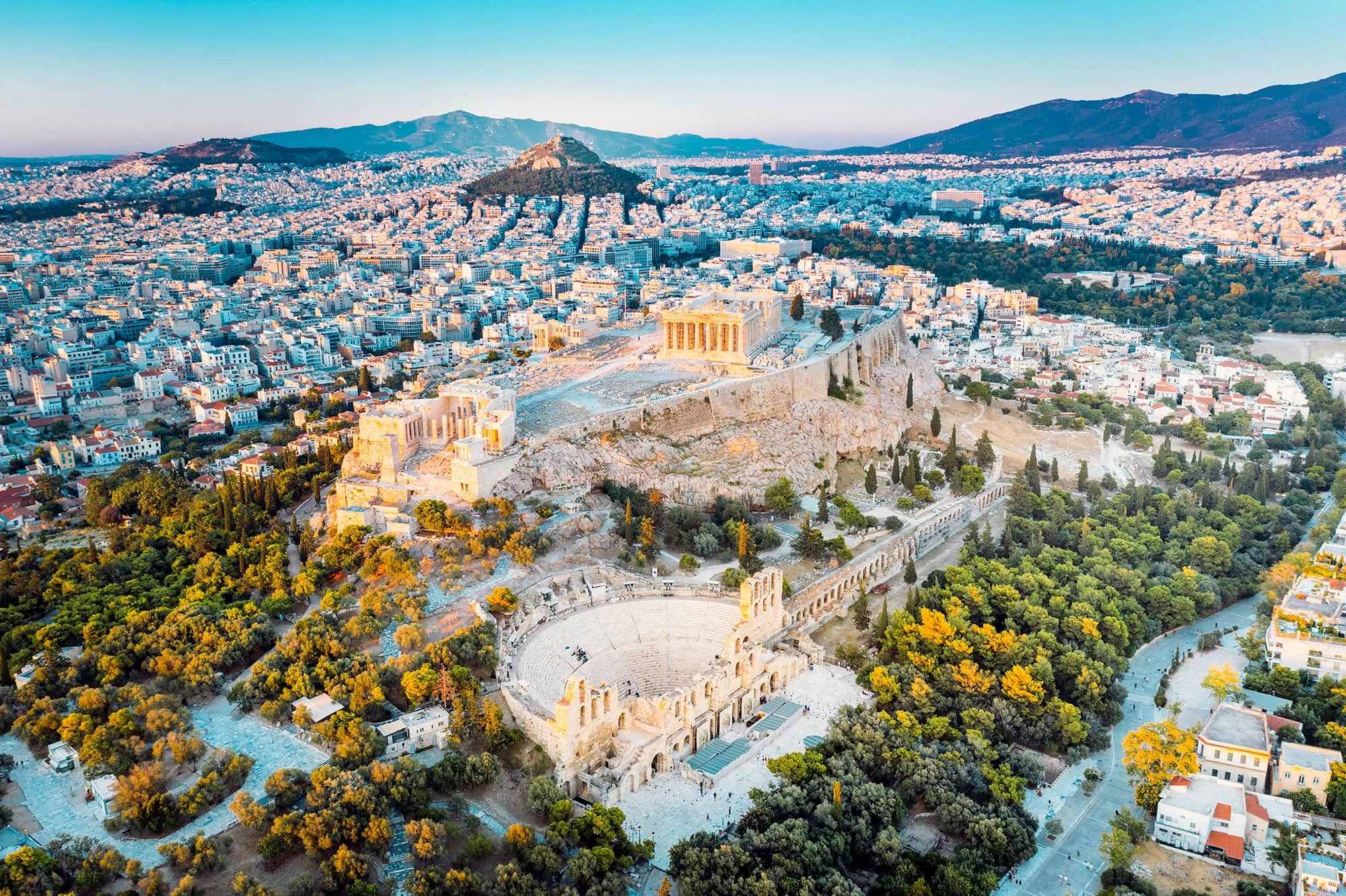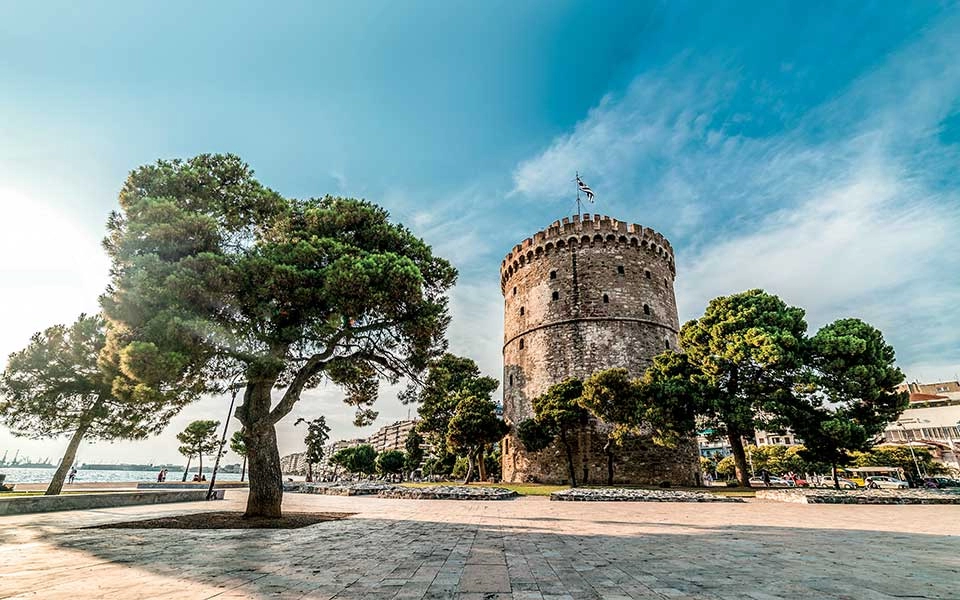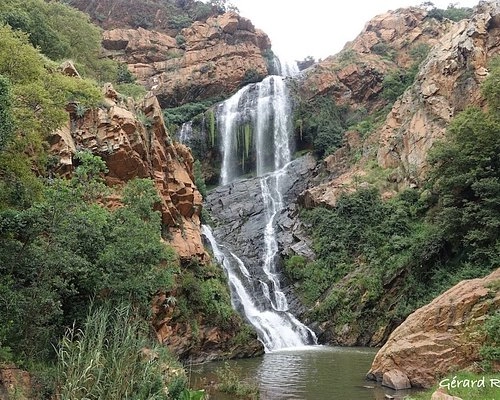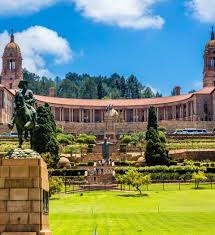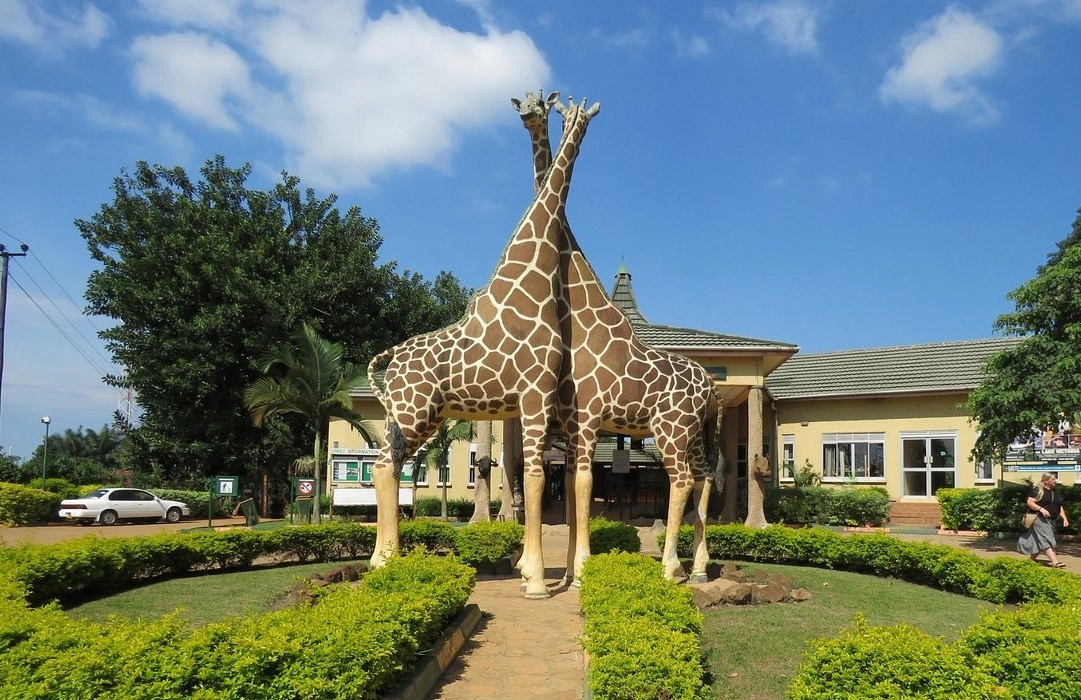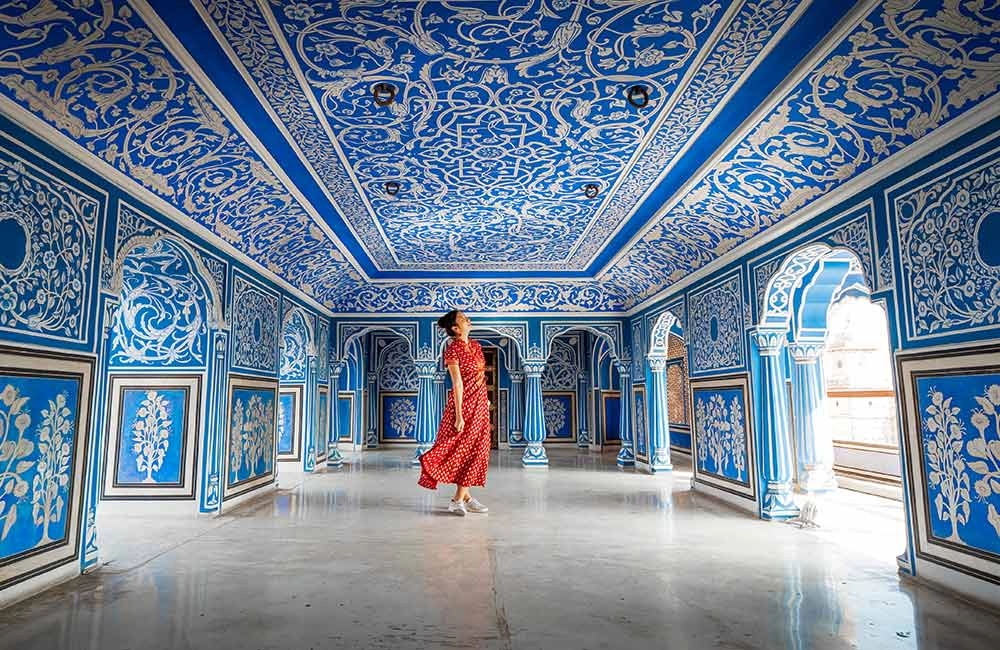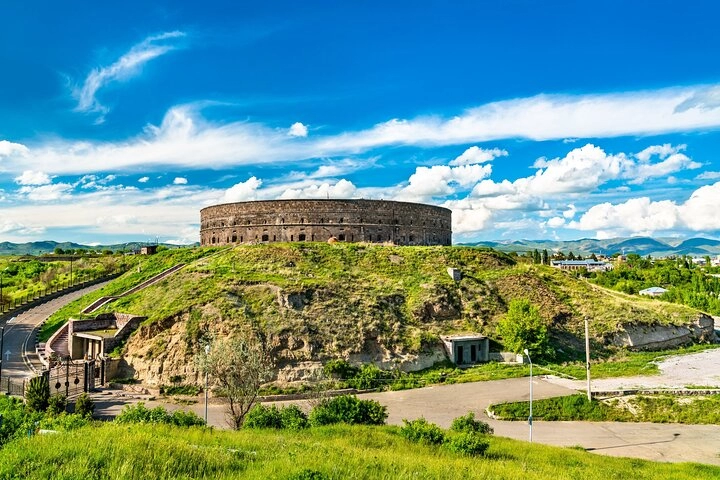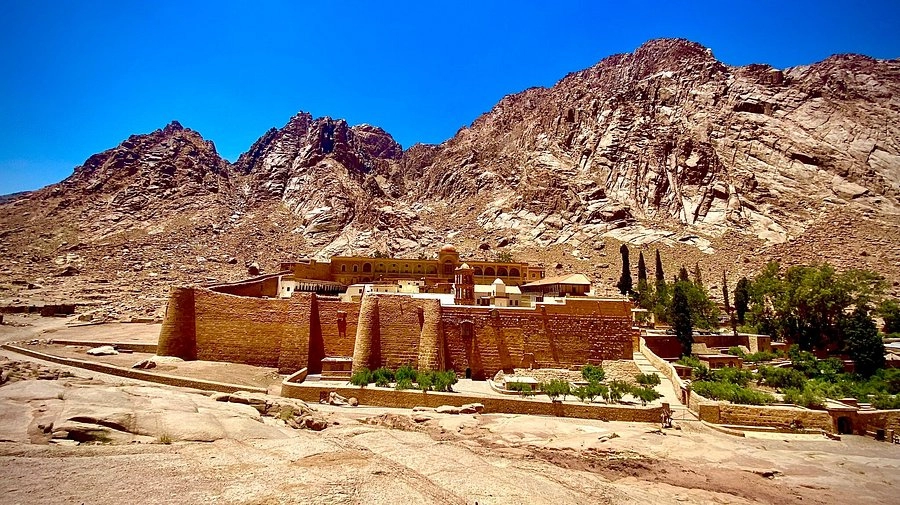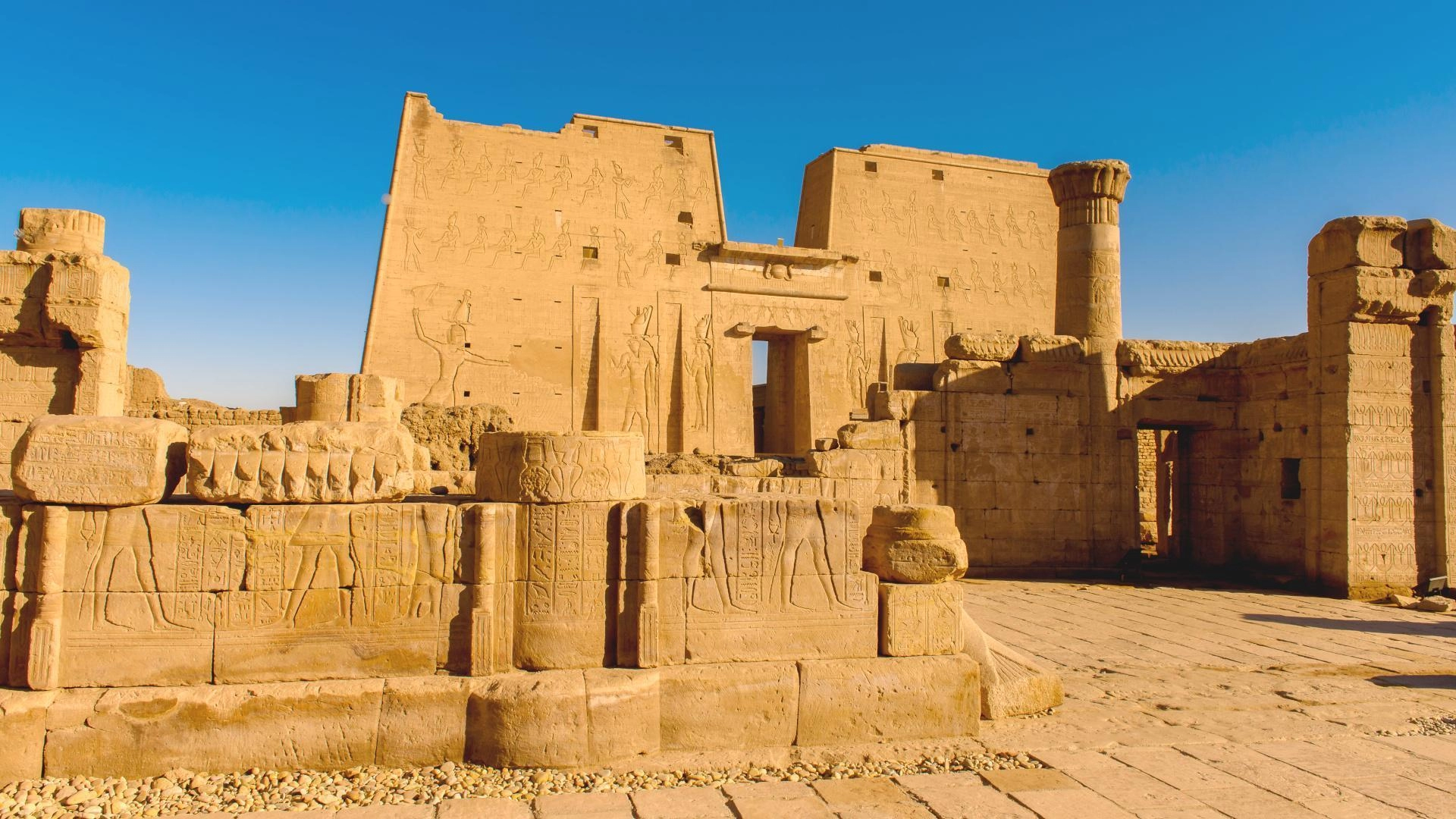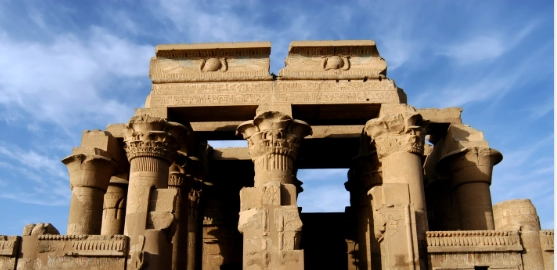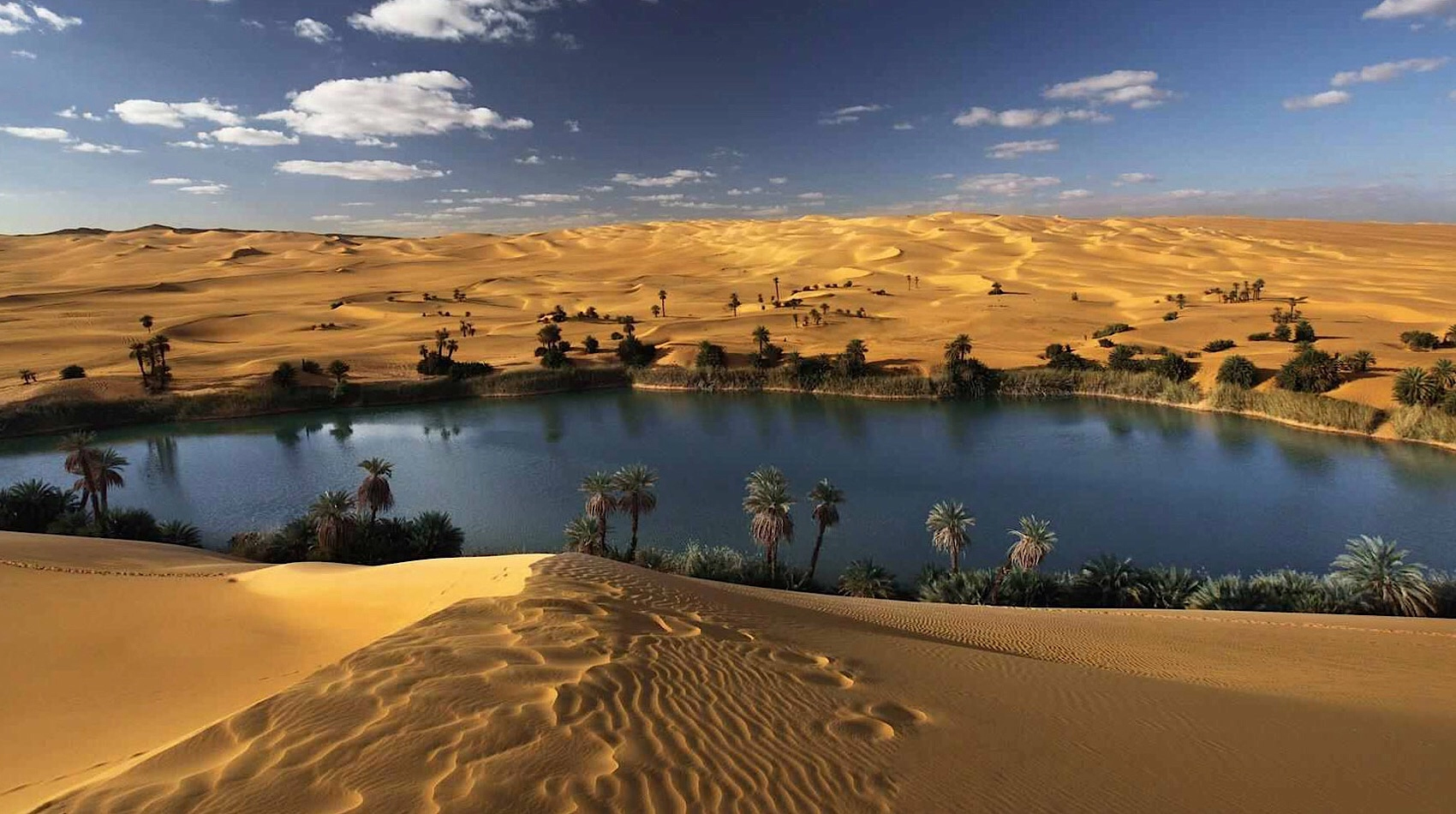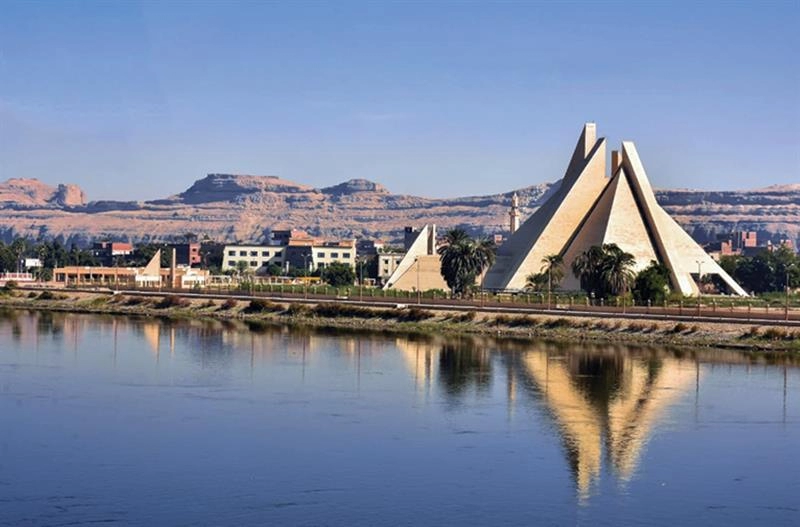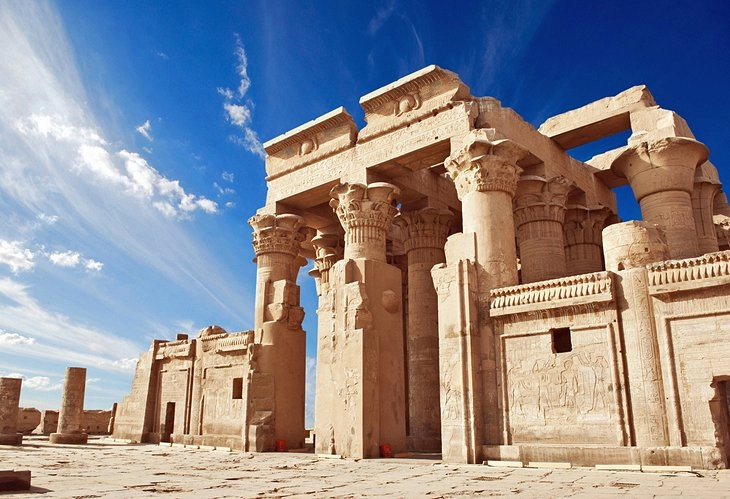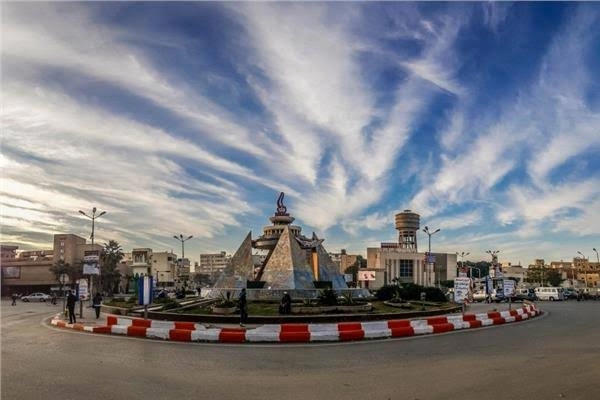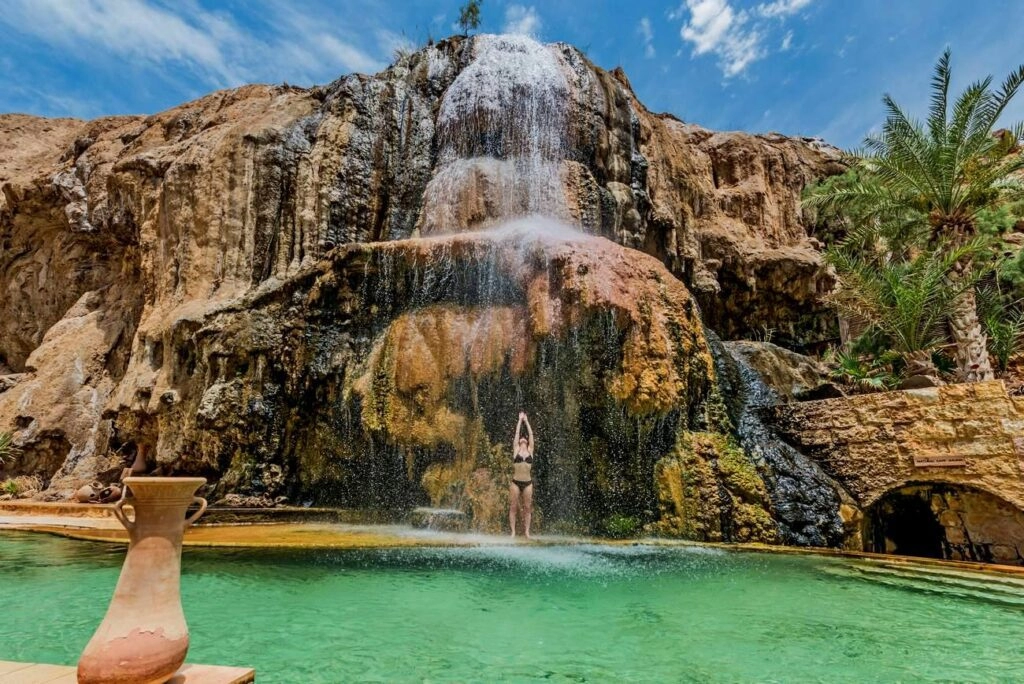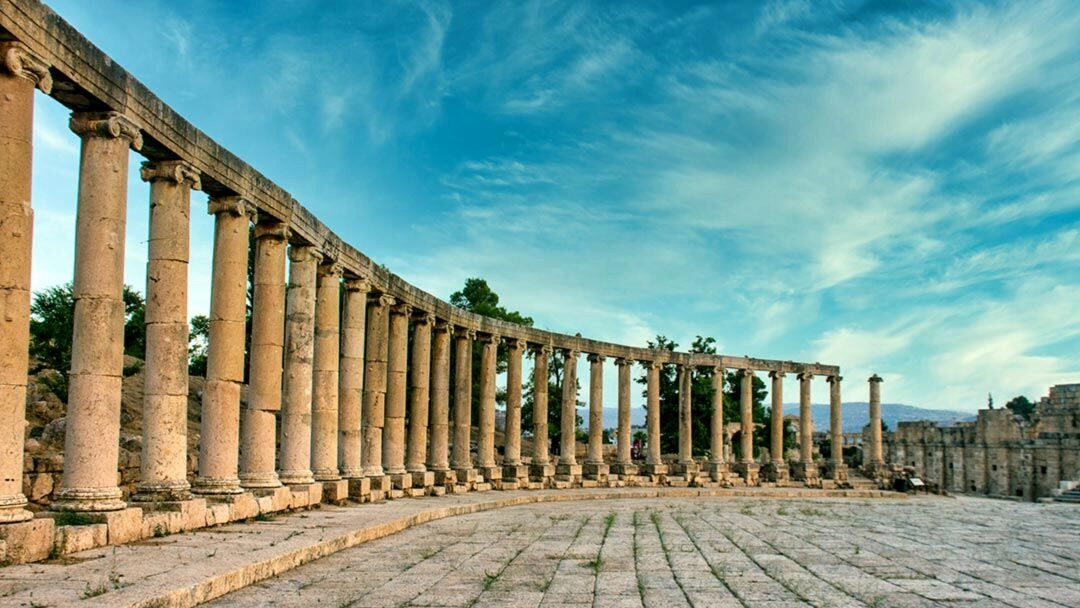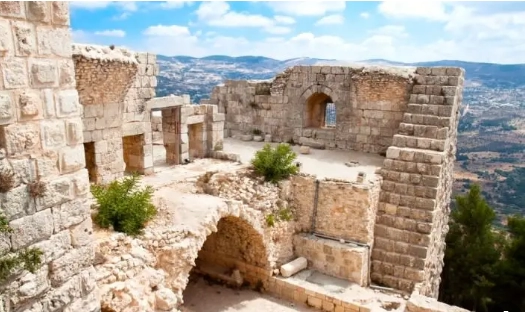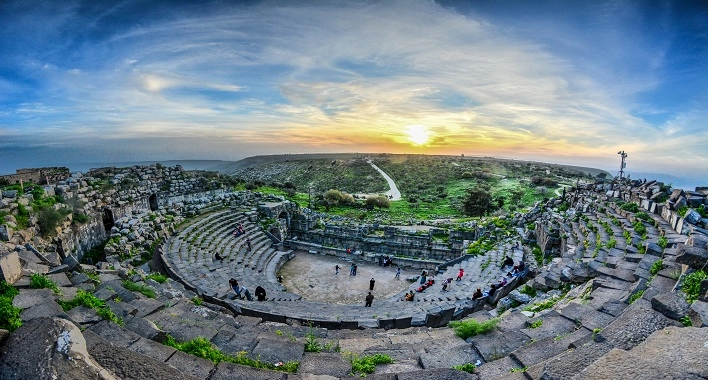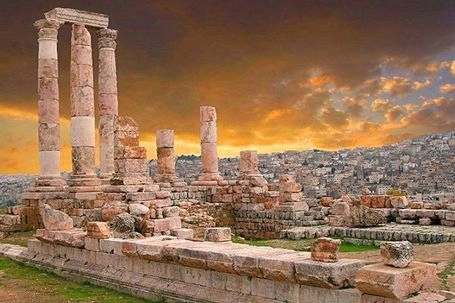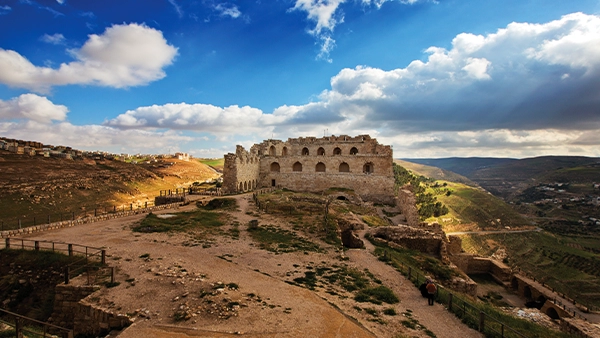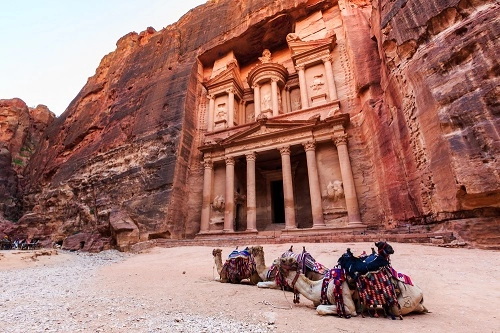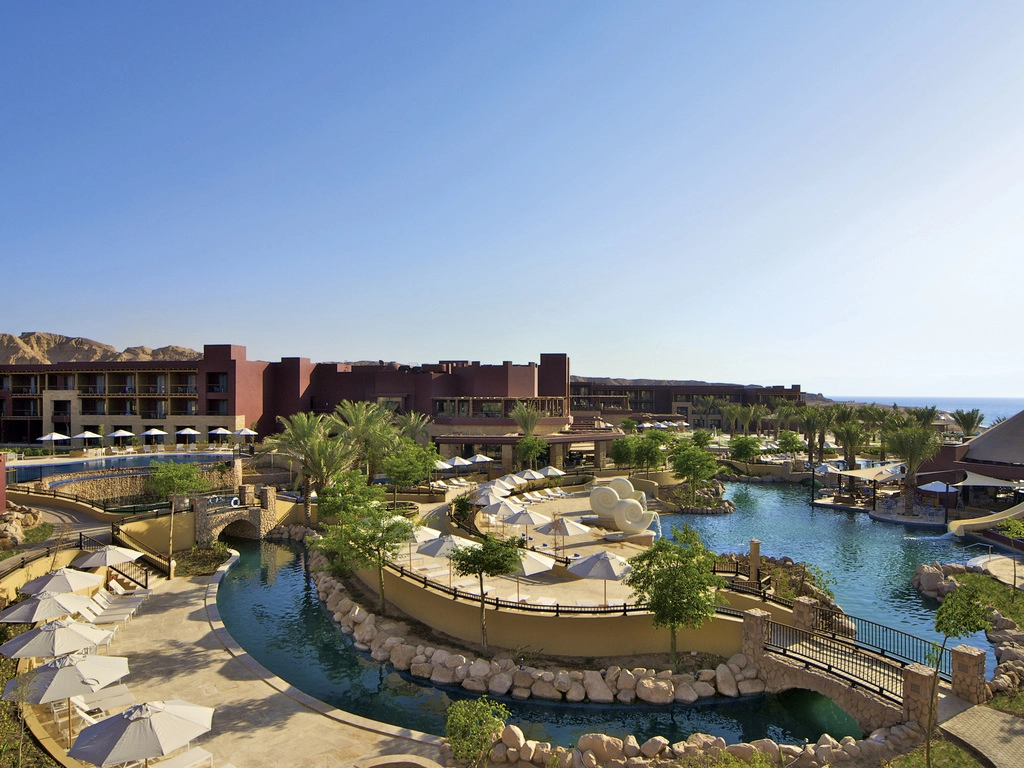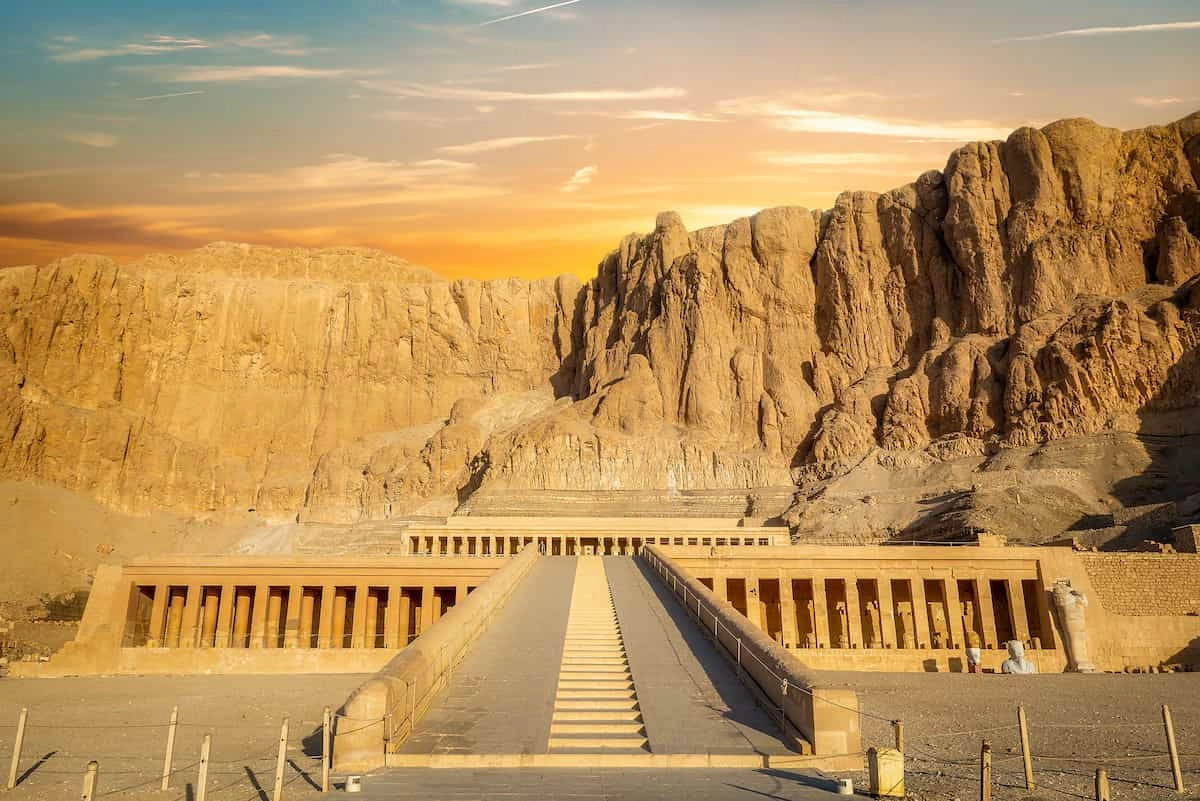The museum contains some of the most important finds from the ancient Egyptian city, including the mummies of the kings and queens, statues of gods and goddesses, jewelry, and objects used in temples. Each of these spectacular attractions gives us a glimpse into the long-lasting, fascinating culture of Egypt. Going to this museum means taking a trip through history, art, and chance meeting.
A Museum of Ancient Majesty
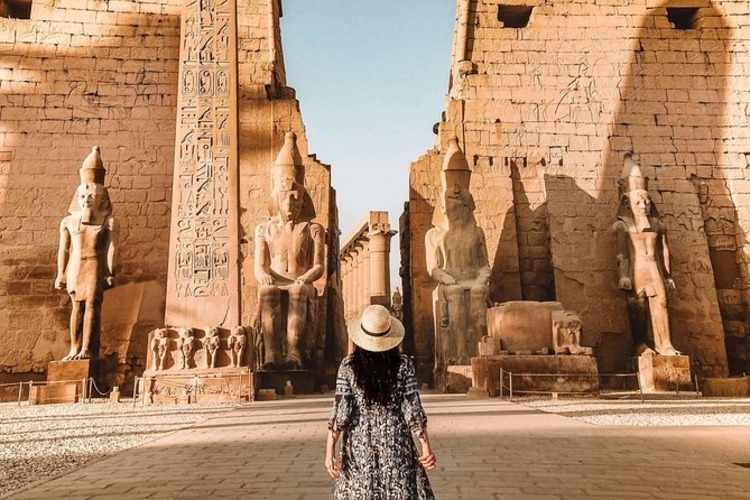
Situated on the East Bank of the Nile, between the temples of Luxor and Karnak, the Luxor Museum was opened in 1975 and is characterized by its classy and simple design and first-class show. Its collection is according to quality than quantity, inviting the visitors to eat each piece with the best lighting and closest distance.
Masterpieces of Ancient Thebes
The museum’s treasures include some of the finest ancient artifacts from the site of Luxor and the area around it. The fame of the collection includes the statues of Amenhotep III and Ramses II, impeccably preserved remnants that previously decorated the temples of Thebes. The Mummy Hall exhibits the mummies of Ahmose I and Ramses I, treated with respect and care — a very close link to the history of Egypt's kings.
The Art and Artifacts of Daily Life
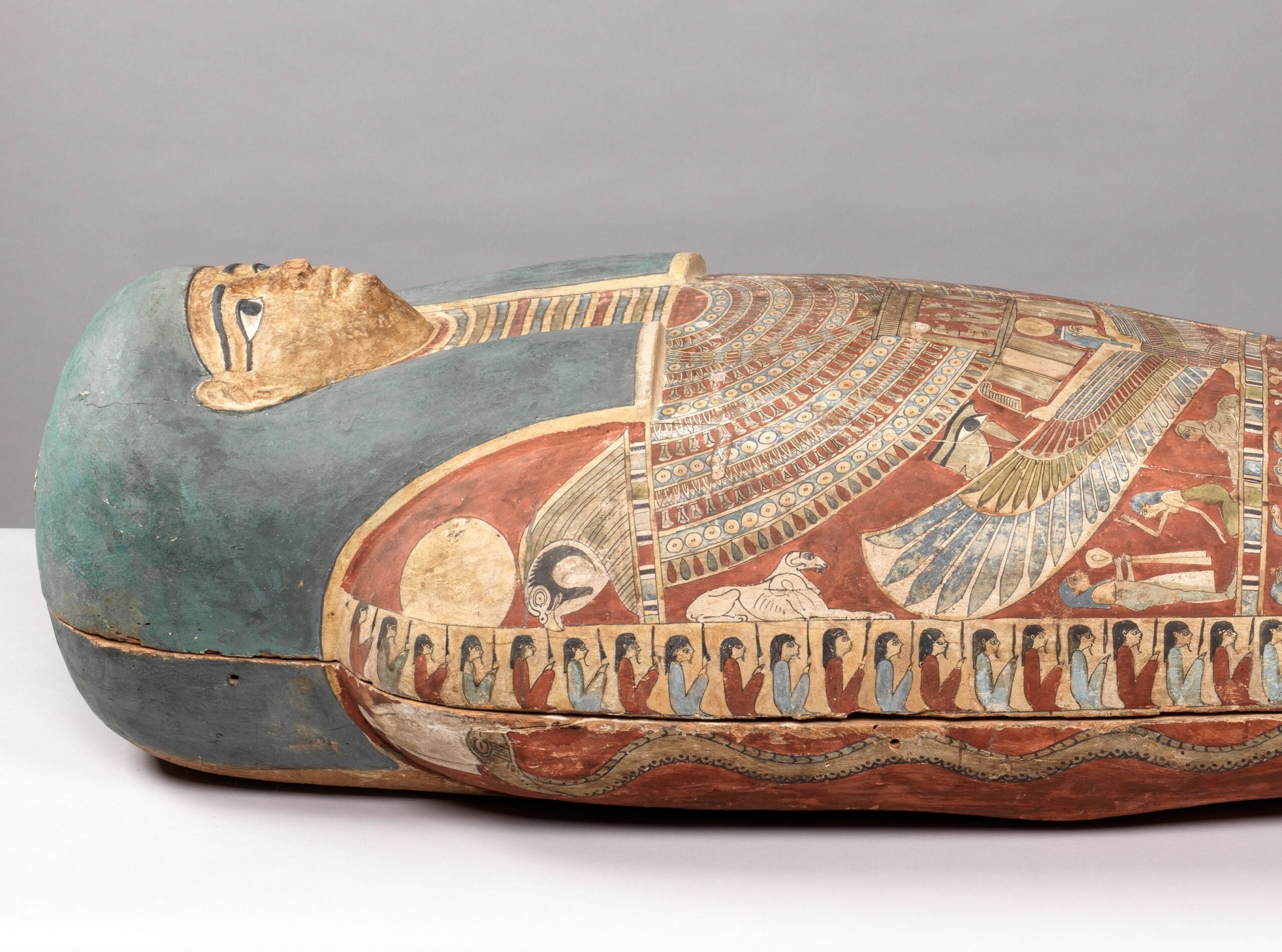
The museum not only showcases gods and kings, but also provides a glimpse into the lives of common Egyptians. Among the exhibits are tools, pottery, jewelry, and weapons that provide insight into the people’s life, work, and worship, and that date back thousands of years. These human tales are narrated by these relics, which complement the glories of the visited temples and tombs.
The Temple Cache Discoveries
A good number of the museum’s statues have their origin in the Luxor Temple Cachette which is a concealed chamber that was discovered in 1989 containing dozens of statues of fine quality that were buried during the ancient times. These treasures constitute the center of the museum’s sculpture gallery and are regarded as the most magnificent in all of Egypt.
Luxor Museum Visit
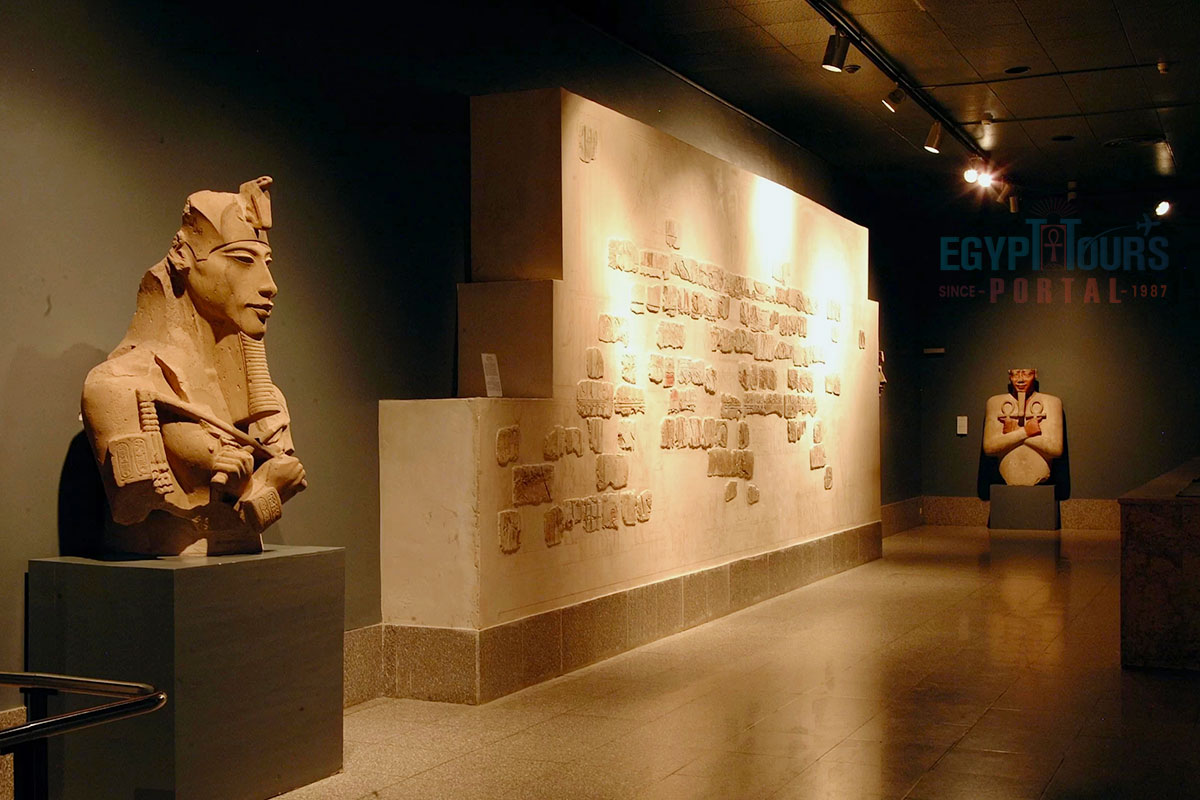
The Luxor Museum has a wall calendar with daily openings and the best time is afternoon or night because of the light that will make the exhibits gold to their maximum. It will be perfect to visit after the temples, as it gives a chance to meditate over the ancient Egyptian art in an atmosphere of silence and reflection. The museum’s terrace offers a breathtaking view of the Nile — the best place for a picture!
Conclusion
Luxor Museum’s size is nothing compared to Cairo’s Egyptian Museum, its charm just lies in its attention and atmosphere. The place where history is felt to be very close—where every piece, statue, and mummy is telling a part of Egypt’s immortal glory. For everyone who travels to Luxor, this museum is not only a must-see but an experience that completes the ancient city’s journey.
 Places to see
Places to see Top Destinations
Top Destinations  Things to do
Things to do
